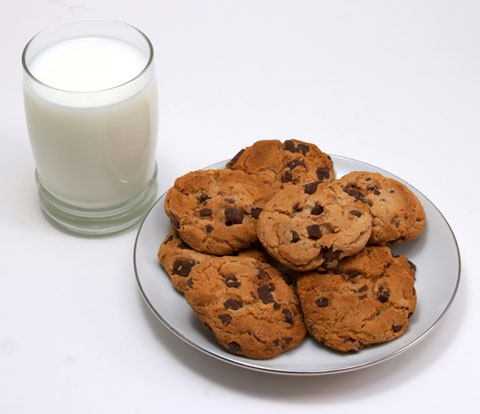The Invisible Breasts of the Free Market

Allo-Mother’s Milk discussed cultural, historical, and evolutionary perspectives of allo-mother’s milk. Here the story continues… Right now numerous entities are developing a “milk” supply for clinical intervention. Examples of this endeavor are Prolacta and the non-profit Human Milk Bank Association of North America . One critically important application for donor milk is that it reduces the risk of necrotizing entercolitis in NICU babies. A recent meta-analysis of randomized, controlled trials revealed that premature babies that consumed commercial formula were 4 times more likely to develop this dangerous infection than premature infants that consumed donor milk (Ben et al. 2012). These "milk" supply efforts rely on donated milk from women screened for heath and lifestyle. After donation, milk undergoes processing to make it safer (e.g. pasteurization). These processes, while important for protecting the recipient, can also neutralize some of the beneficial bioactive co...